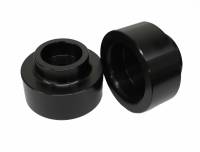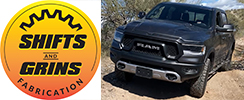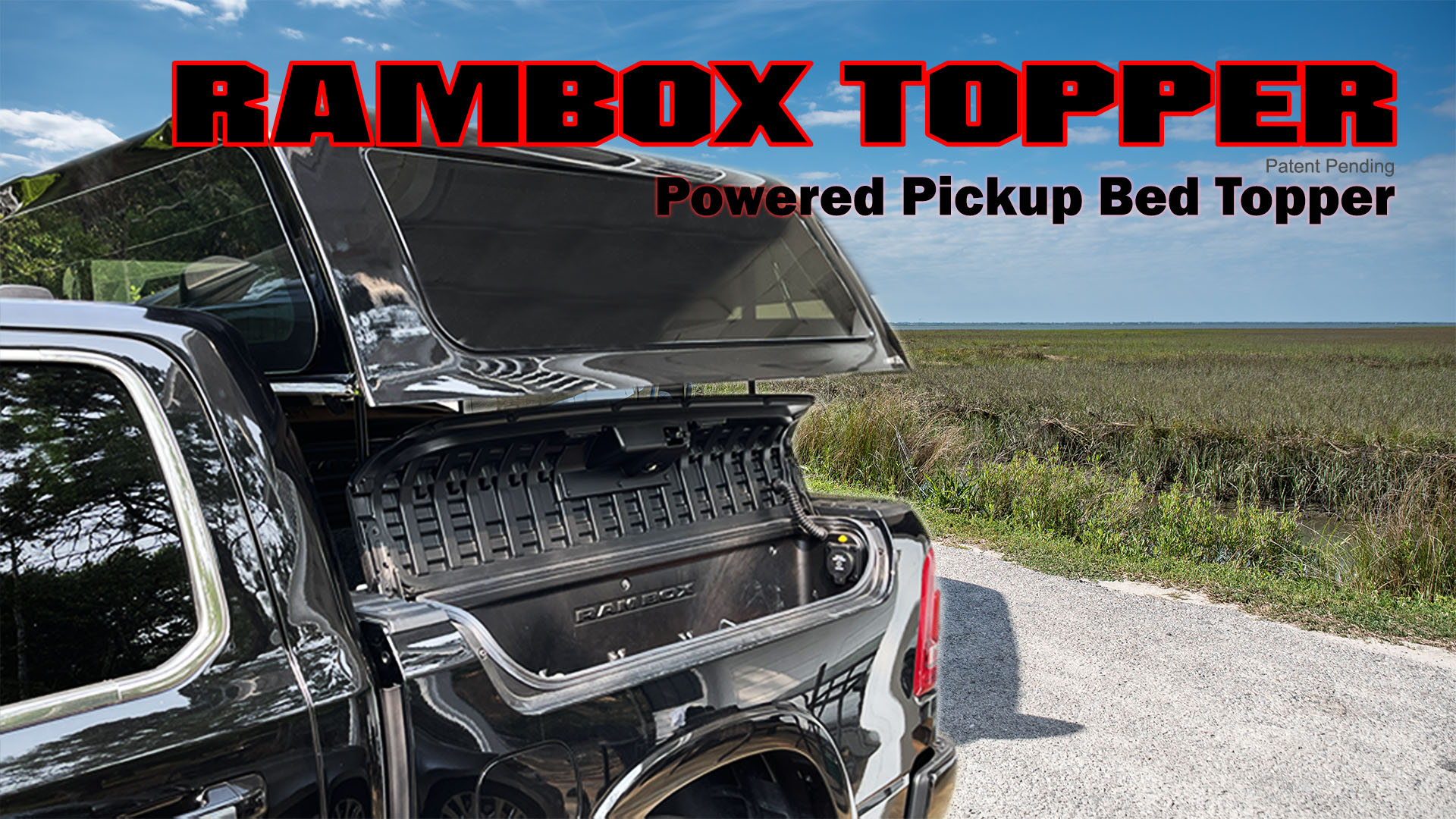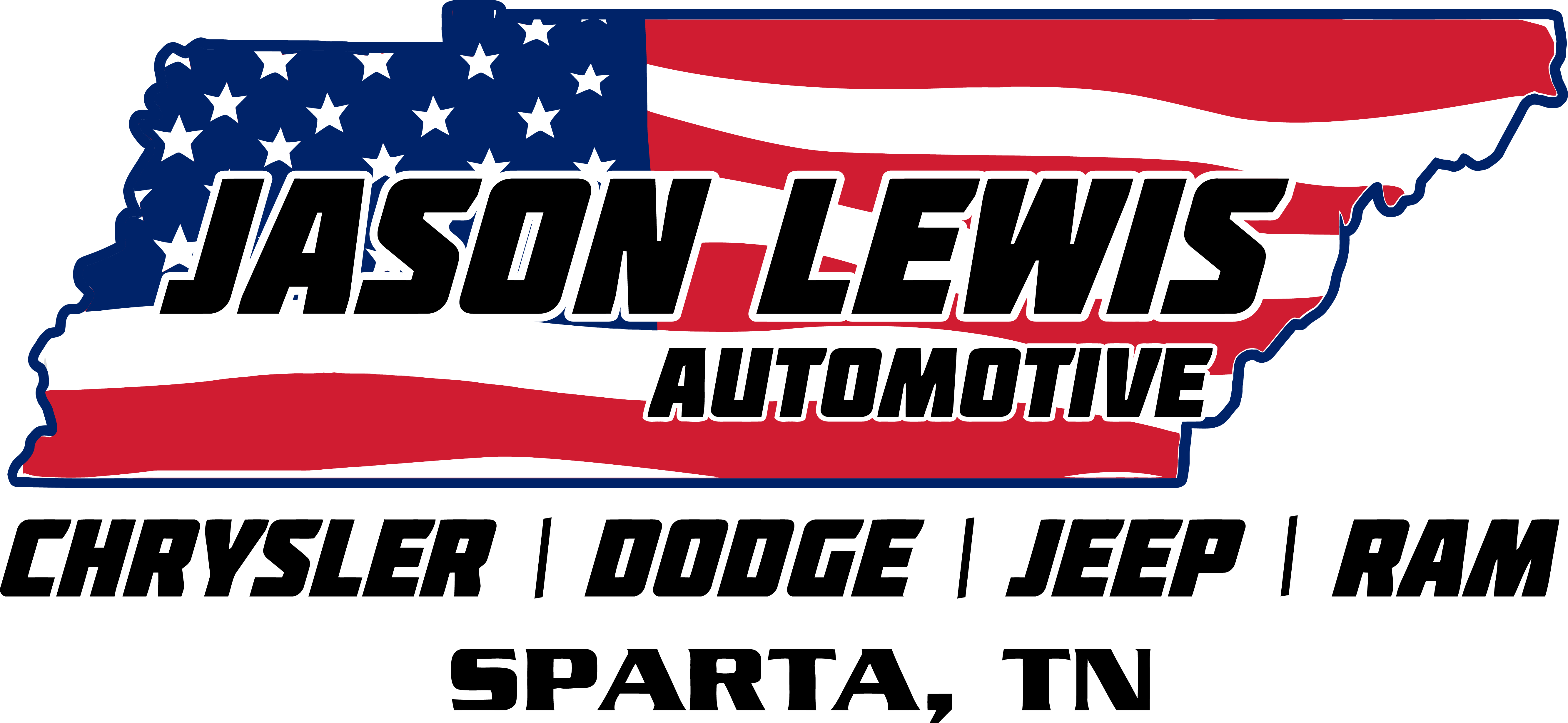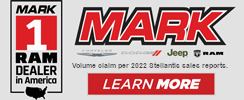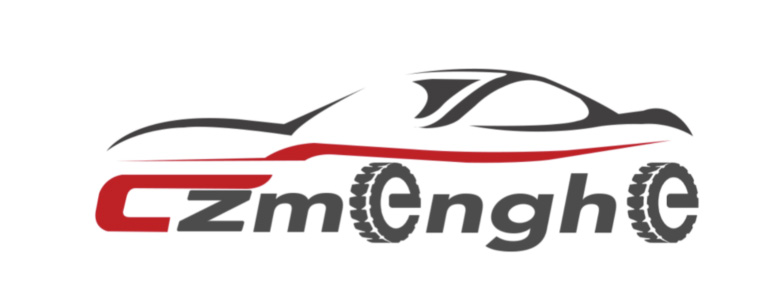Correct, the geometry past 3" tipically goes to hell factory CV's get munched up quicker, factory UCA's BJ can pop , factory UCA's can hit your springs, etc. Seems to be about the same across most IFS applications that use factory style A arms. I've lifted Toyota Tacomas and FJC, Nissan Xterra, Chevy Silverado, RAM 1500 etc, Been around the Tundra dudes helping with Installs too (neighbors, trail friends etc). Most want a diff drop at 3". RAM's seem a little more forgiven at least when it comes to the 3" mark though we don't have many at the 3" mark in the 4th gen case the sweet spot is 2.5-2.75 for performance shocks, i keep mine at 2.75" personally and i'm also barely at the limit of what my shocks can extended to support the weight of my bumper and winch. I could go to 3" but i value the ride more a little bit low

Don't know exactly how new gen truck reacts to lift without the bracket lifts and how high it's safe to go. Keep in mind when you check for CV angles asides from ride height, you should also put the wheels in the air and check how everything looks down there. I know if the arftermarket is making extended hi performance stuff is because they have tested is safe though they all advertise to use aftermaket UCA's with offset, and extended travel is for the most part 1" extended from stock.
Also regarding the preload spacer, 5100's use in concept what a preload spacer will do to your factory struts. You're moving the lower seat up in the 5100 case preloading your coil springs giving you more lift while extending your strut shaft a certain amount. If you don't have enough droop in the shaft you can run into issues with the shocks toping out and thus feeling harsh when you hit a speedbump, pothole or any road imperfection tha forces the shocks to extend. It gets worst when you add heavy wheels/tires and your struts have street oriented valving. in the case of 5100's, they're actually a tad shorter than our stock struts, go figures, so when people go to the max they're reaching the max of the shocks very quick.
Hopefully this animated gif explains what i'm saying better
If the preload spacer is not that big that puts your strut closed to max then the ride shouldn't change for the worst, all you doing with the preload spacer is preloading the spring just enough to push your truck weight up while extending your shock shaft a certain amount. If your shock can't extend more than what the shaft can physically extend then the truck wouldn't go up and now you'll be creating something even worst

So Every inch you go up using preload steals lenght from your shocks extended lenght which is why most manufacturers don't recommend to exceed certain preload range from your Coilovers for example.
Top spacers will relocate the entire strut assembly down literally giving you a lot longer struts. You can have longer struts with IFS just not long enogh to exceed your IFS proper operating range. Now that's easier said that done. That's why you get wider LCA's with long travel kits, longer tie-rods, longer CV's etc, etc etc.
The crowd that doesn't offroad and lift for looks don't care about the specifics, Readylift at least tells them if you get this kit don't offroad with it

Hope you have fun.

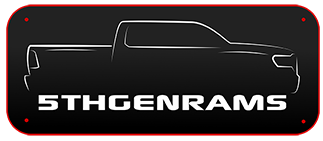

 2020-09-20_06-14-56
2020-09-20_06-14-56